Nursing Care Plan Evaluation: Subdural Hematoma Patient Management
VerifiedAdded on 2023/04/25
|9
|978
|125
Case Study
AI Summary
This case study outlines a nursing care plan for a 19-year-old patient, Ethane Hanz, admitted to the hospital following a vehicular accident and diagnosed with a subdural hematoma. The plan focuses on monitoring and evaluating various health metrics, including weight, blood pressure, temperature, oxygen saturation, and pulse rate, with specific interventions aimed at addressing the subdural hematoma, unstable mental condition, and bowel and bladder inconsistencies. Interventions include MRI and CT scans, mannitol administration, securing packed red blood cells, anti-anxiety and mood-stabilizing medications, psychotherapy, and close monitoring for post-obstructive diluresis. The plan also addresses potential complications such as cerebral perfusion, increased intracranial pressure, post-traumatic stress disorder, and electrolyte imbalances, with corresponding rationales and review concerns for each intervention. The goal is to stabilize the patient's condition, promote neurological recovery, manage psychological trauma, and restore normal bowel and bladder function, as evidenced by references to relevant research and clinical practices.
1 out of 9
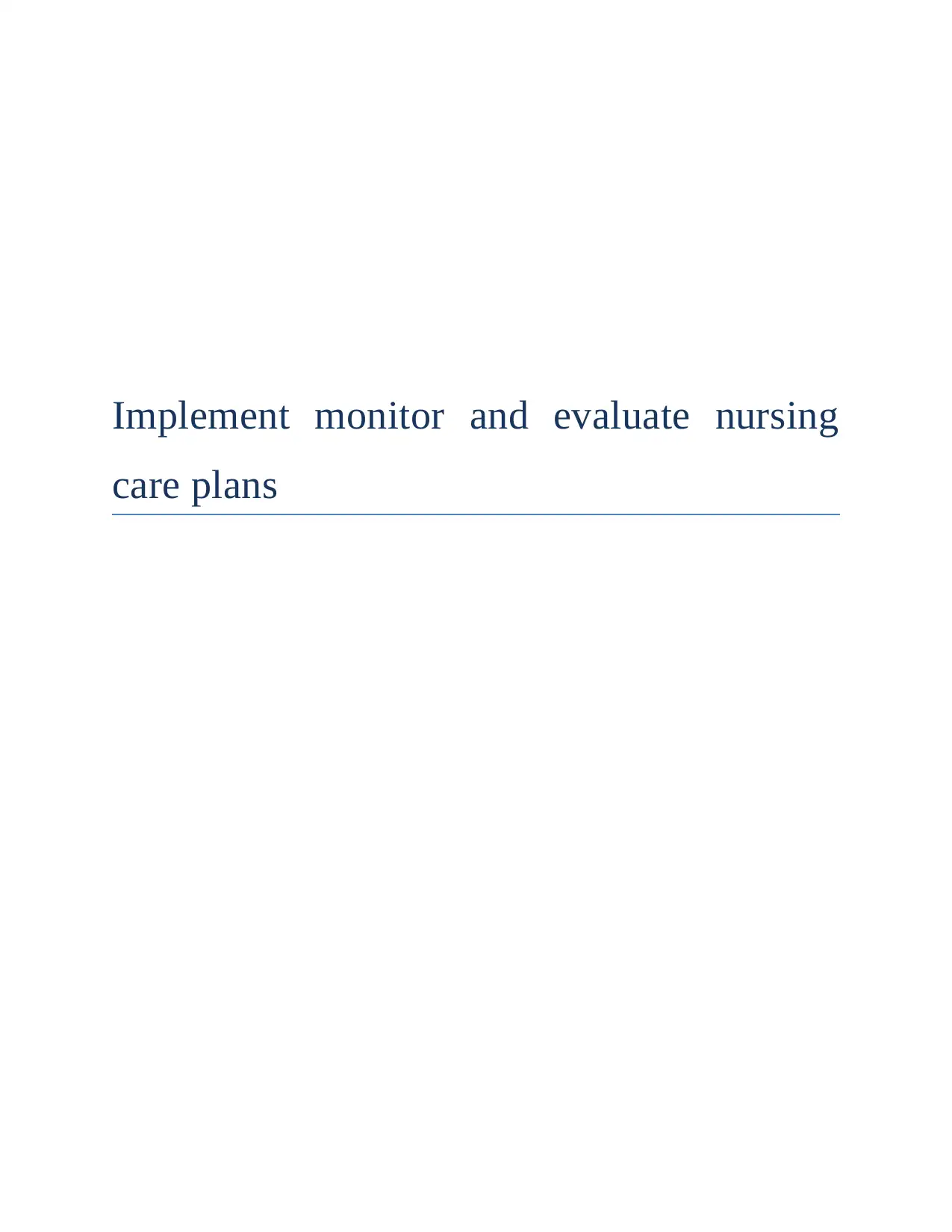
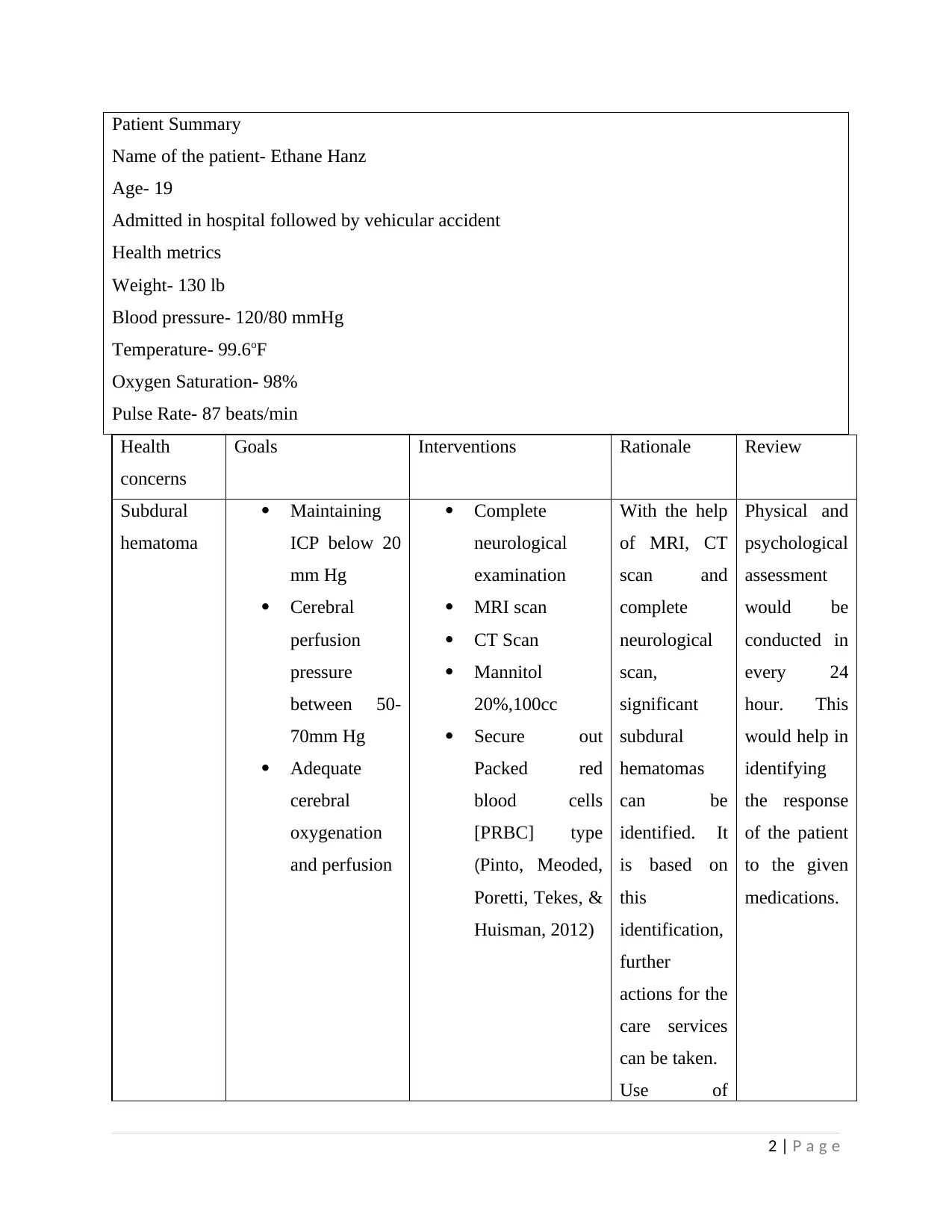
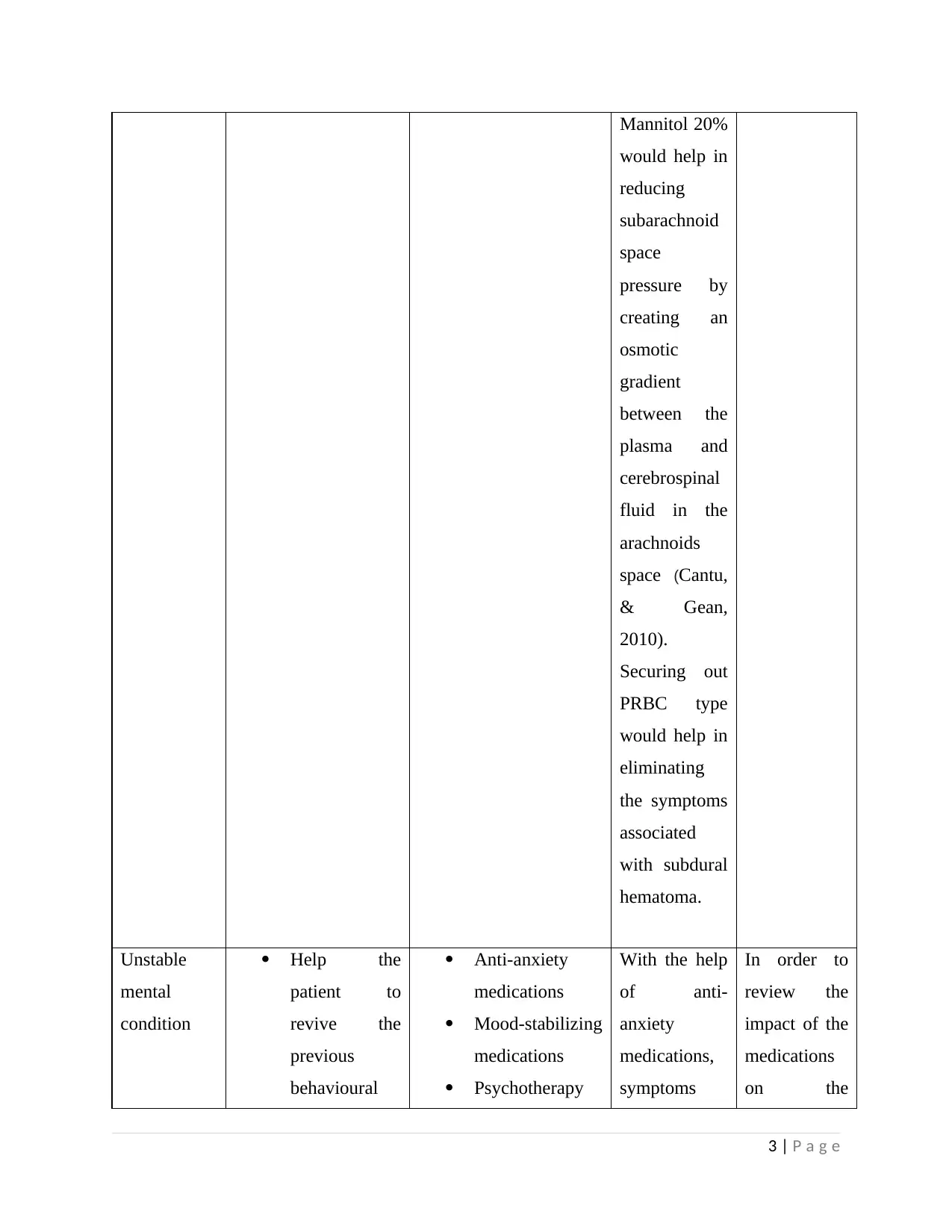

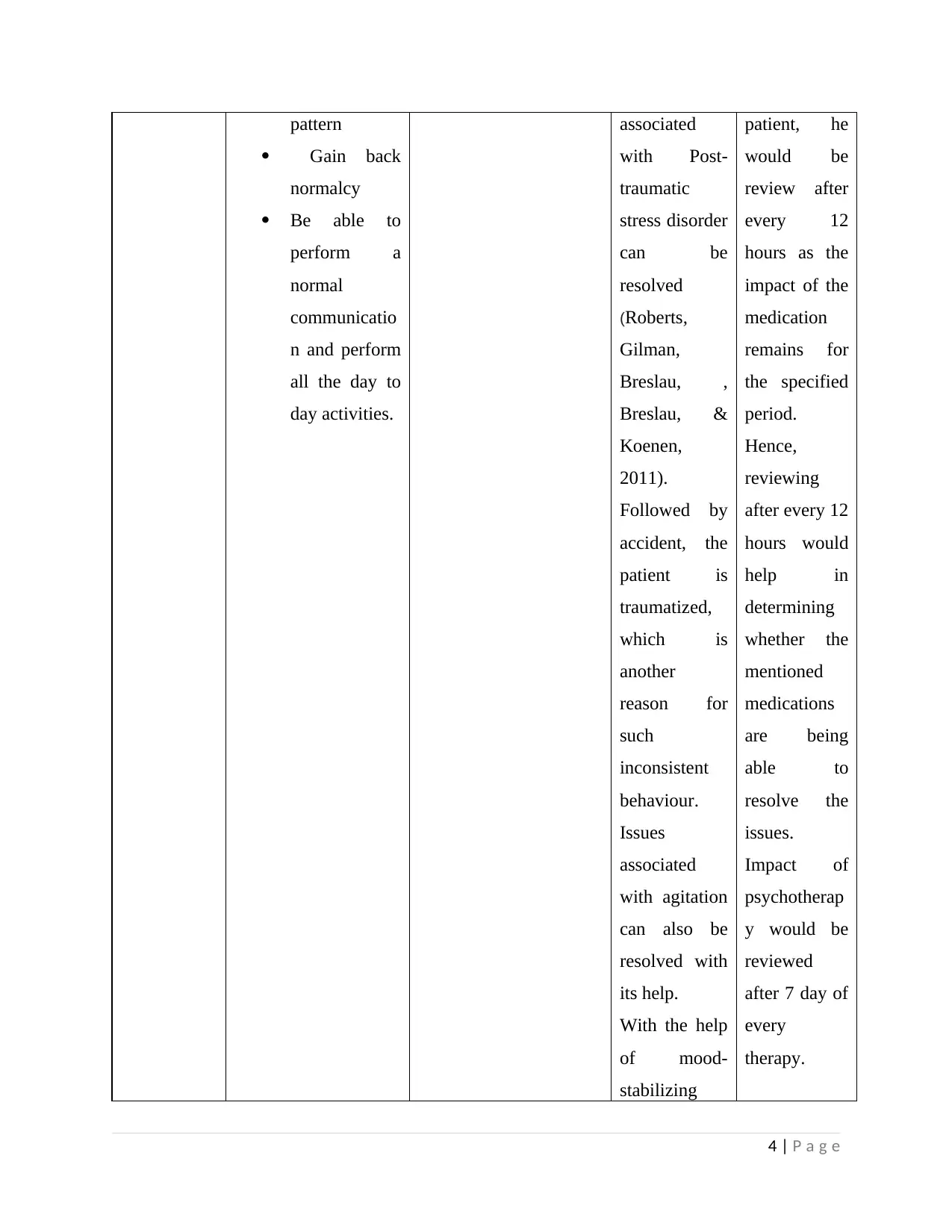
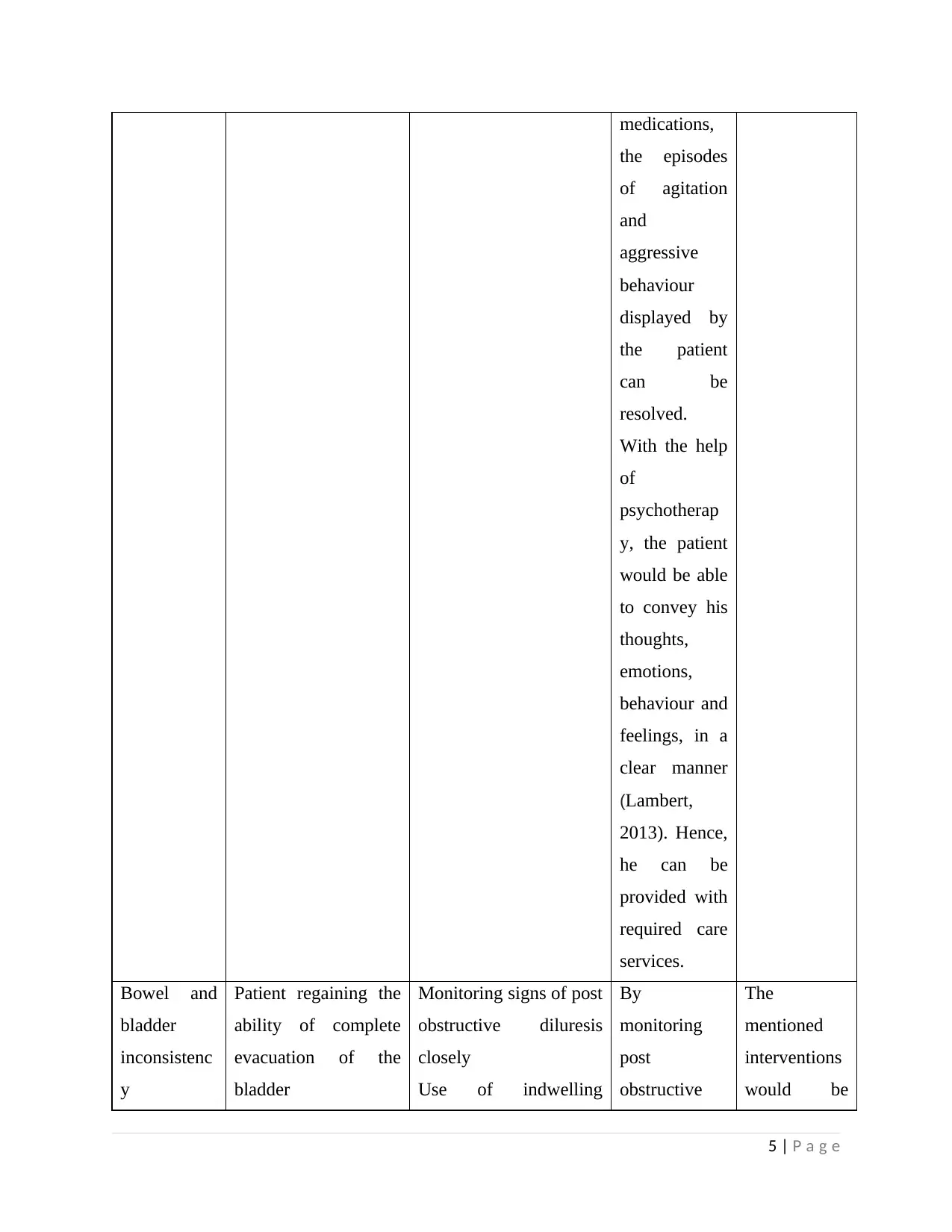
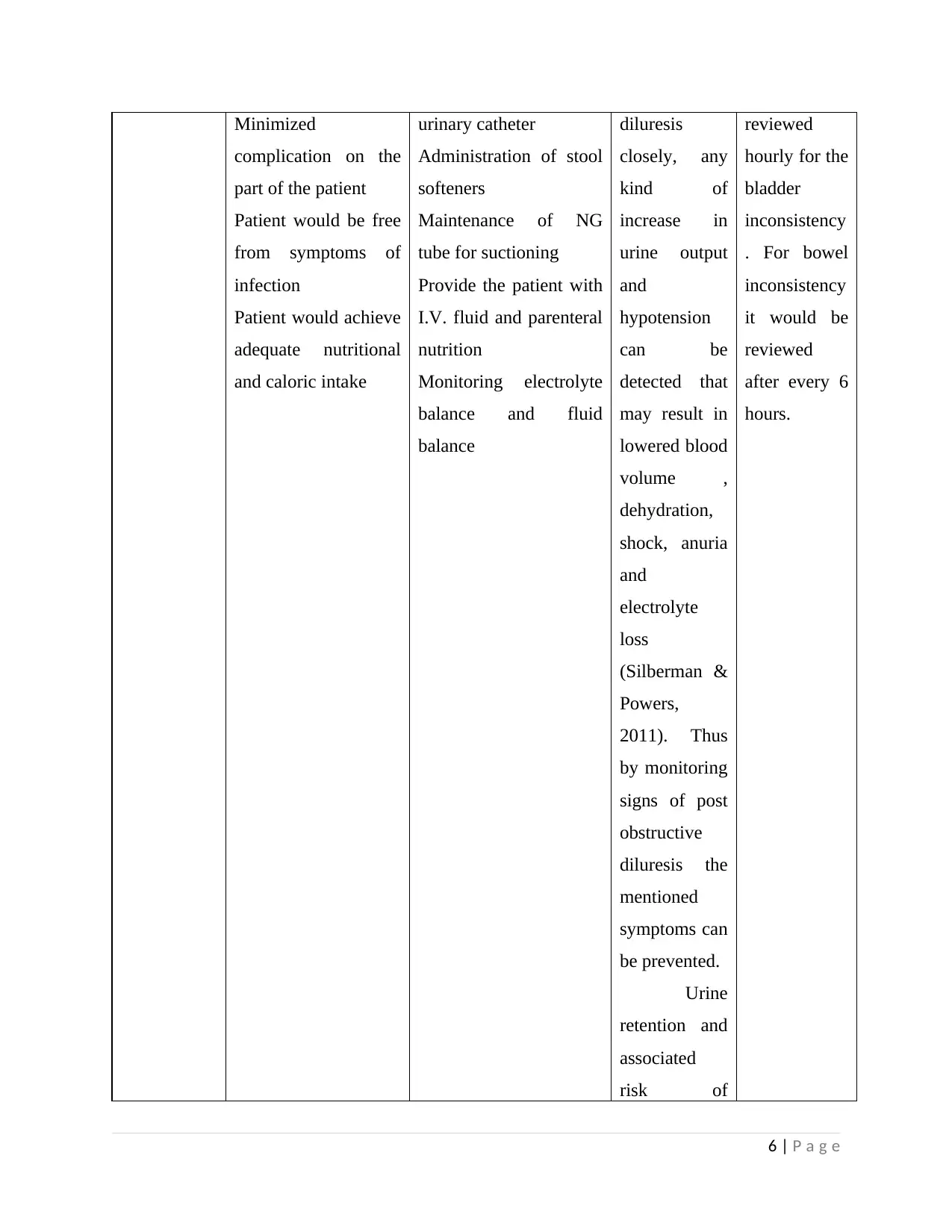
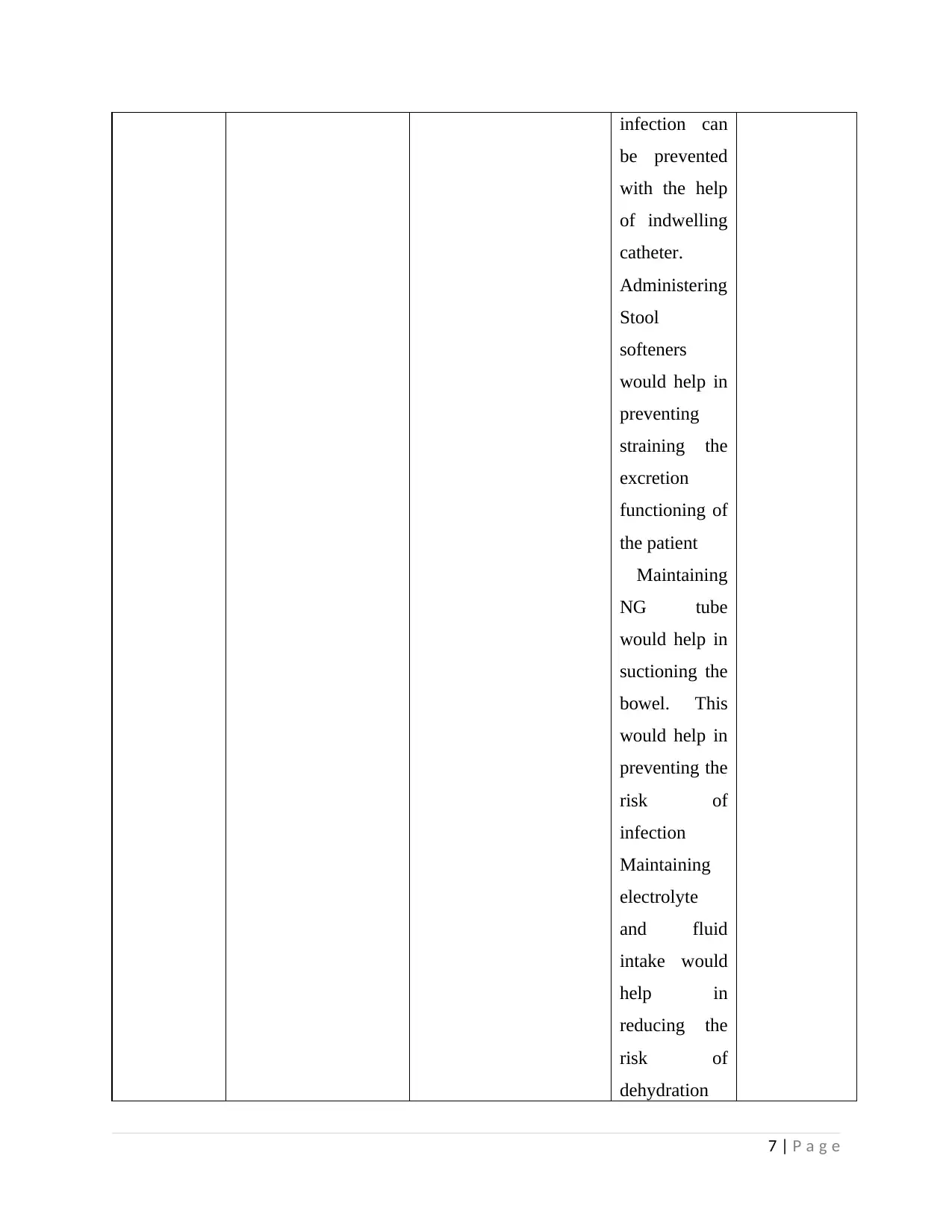
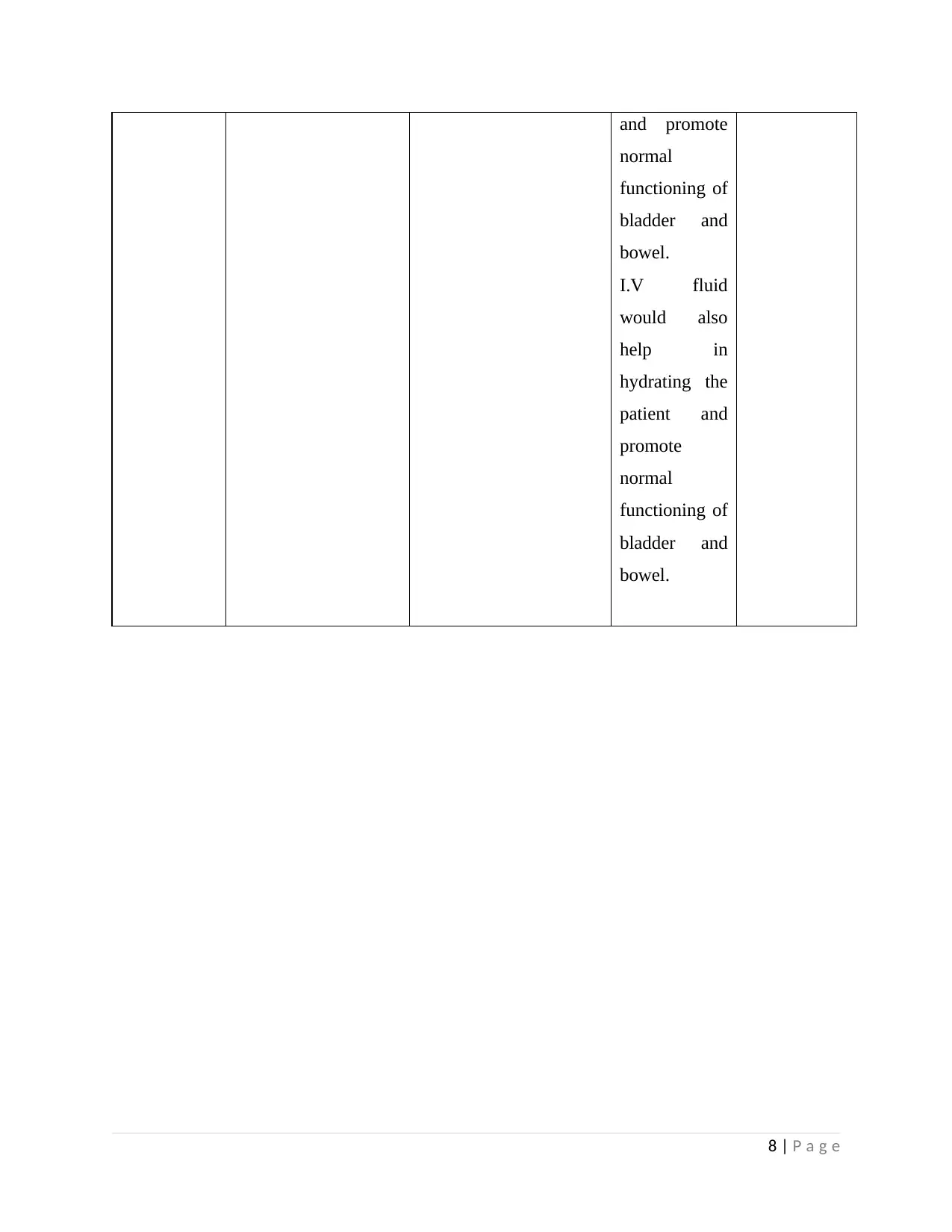
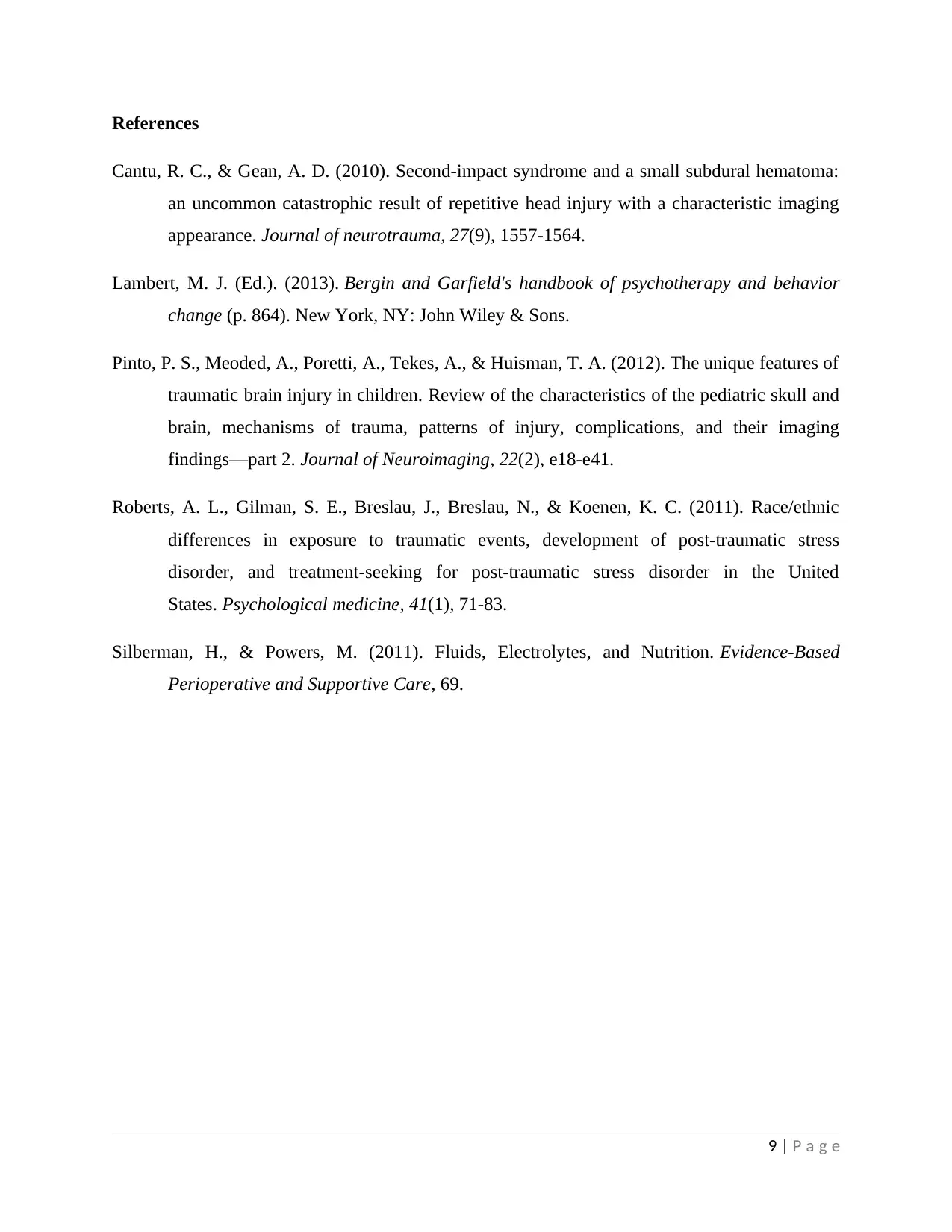
![[object Object]](/_next/static/media/star-bottom.7253800d.svg)